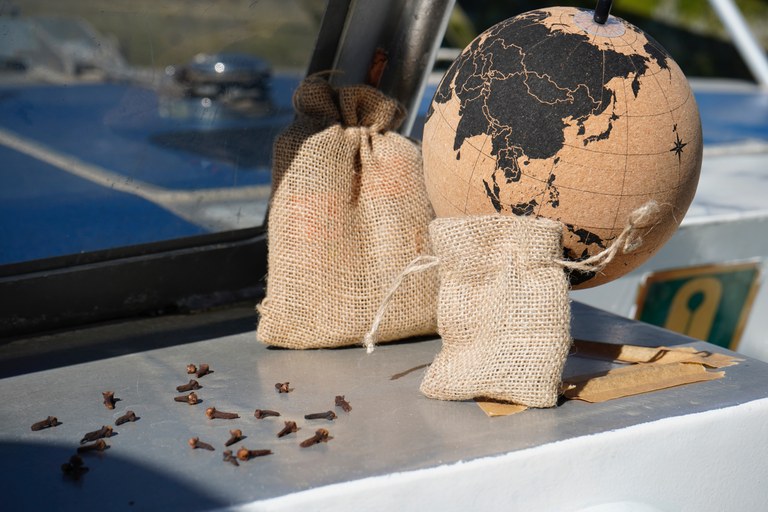Territorio Elkano, in images
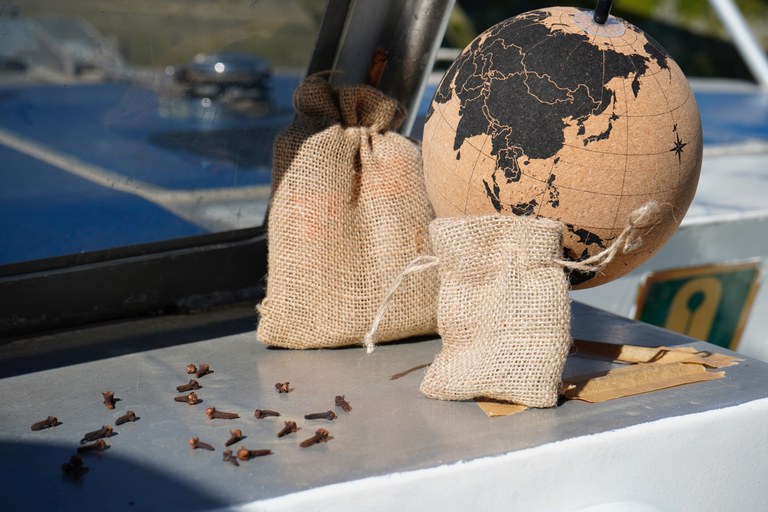
2.- Five ships were built for the expedition, three of which were built at Basque shipyards. Of the five vessels that set out on the voyage, two were destroyed, one returned to Seville, and another was abandoned en route due to being in poor condition. Only the Nao Victoria completed the journey. The three vessels built at Basque shipyards were the Nao Victoria, the one that returned to Seville, and the one that was abandoned during the voyage. This demonstrates the strength and significance of our maritime heritage.
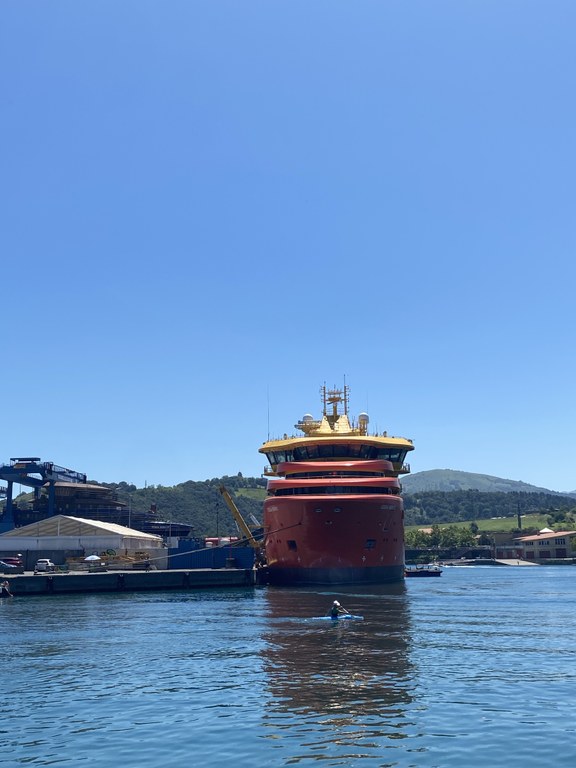
3.- Getaria and San Antón. As Elkano played in the sea as a child, he had no idea what the future held. The sea went from being a pastime to a profession: he embarked on the expedition as an experienced sailor and returned as captain of the expedition.
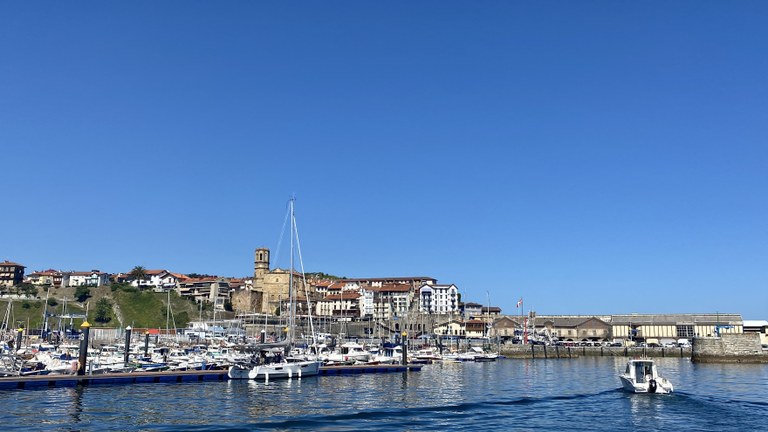
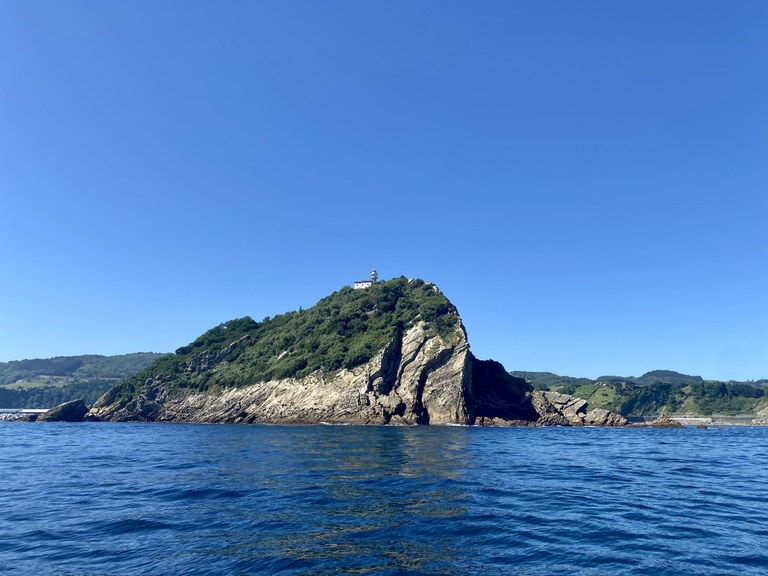
4.- The coast of Zumaia and its surroundings have a special something, and also hold countless secrets. The best place to discover these secrets and enjoy the coast is the sea itself. You won't regret it!
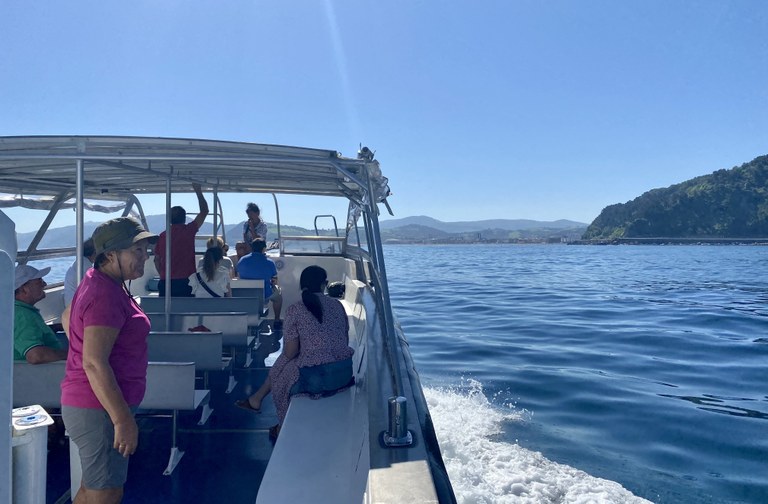
5.- The coast, shipyards, secrets... All of this is found in the old Mutiozabal shipyard. The building, located in Orio, has been renovated and has a long history that’s worth finding out about.
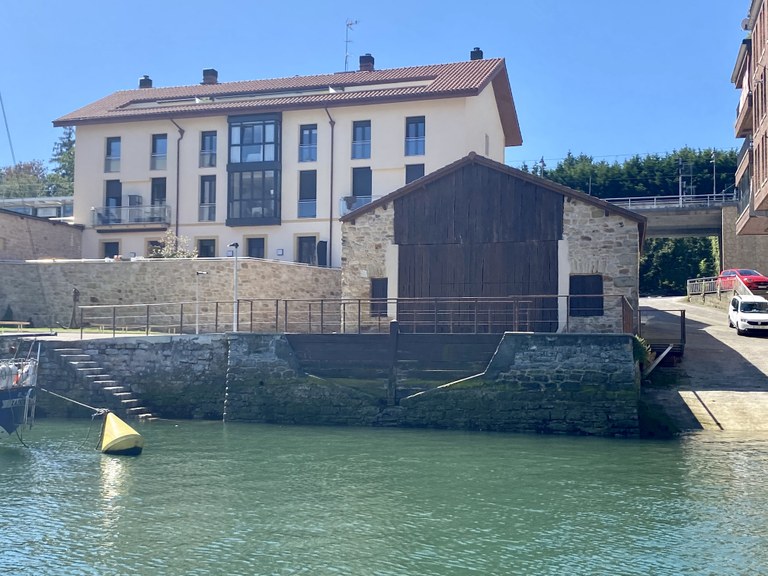
6.- With half the journey completed, it's time for a break. In Plaza de Orio, opposite the port, there are many bars offering the best local products. Choose something delicious, and enjoy!
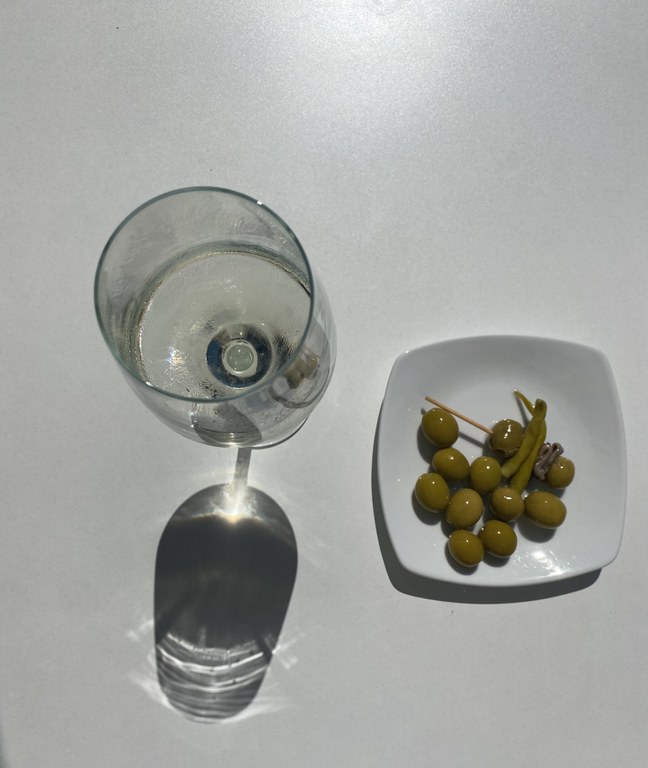
7.- The first circumnavigation of the world was a great feat; along the way they faced many adventures, diseases and dangers. Some of the stories will leave you flabbergasted!
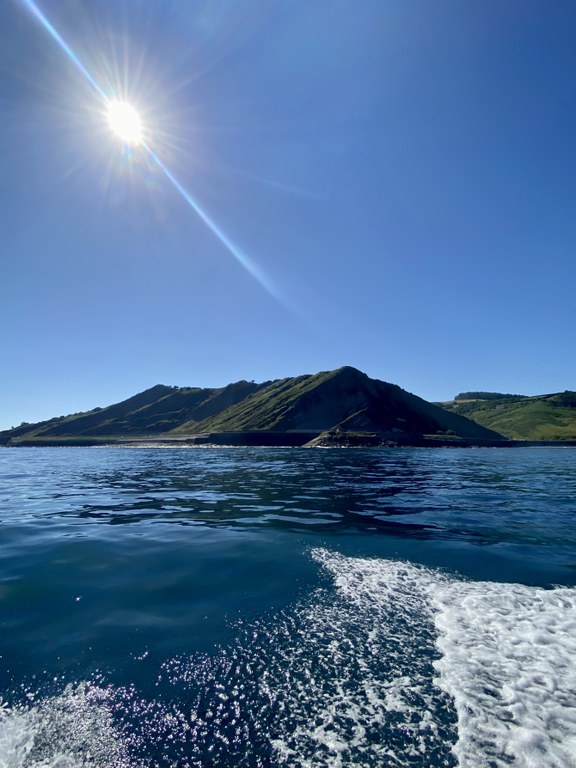
8.- Territorio Elkano is an excellent choice for the whole family. You can discover and explore a beautiful coastline, the life of Elkano and his round-the-world trip, all while feeling the thrill of sailing.
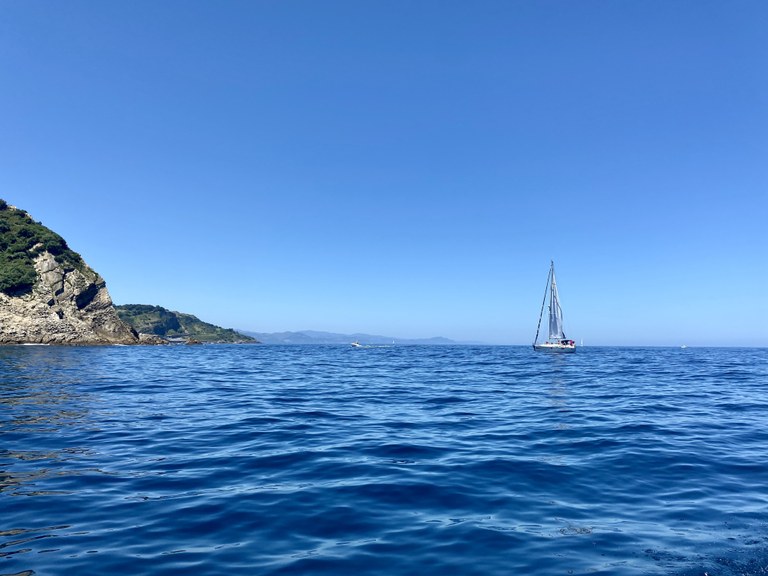
9.- The Territorio Elkano guided tour offers you endless possibilities, with the option of taking routes of different lengths between Zumaia, Getaria and Orio. Choose whichever suits you best!
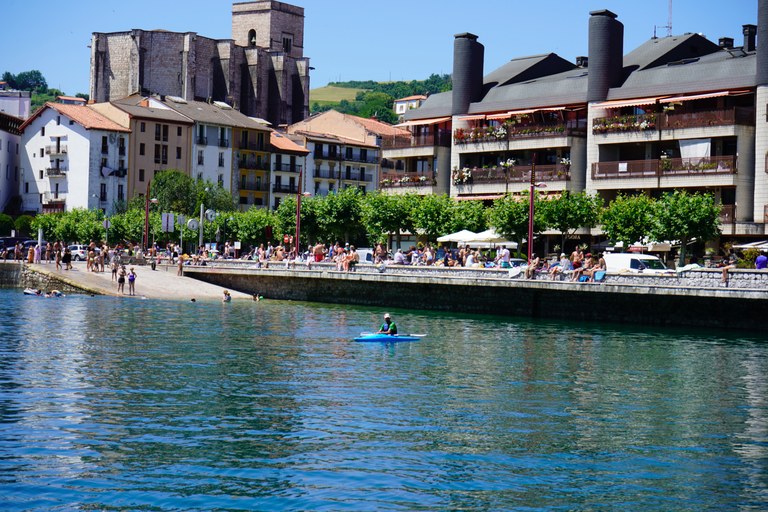
10.- And to finish, a reflection: that first round-the-world voyage took three years. Although the sea took a lot from those sailors, it also gave them a lot in return: they discovered civilisations and cultures that were thus far unknown to them. Meanwhile, today even the most remote parts of the world are closer to us than ever before. What do you think?
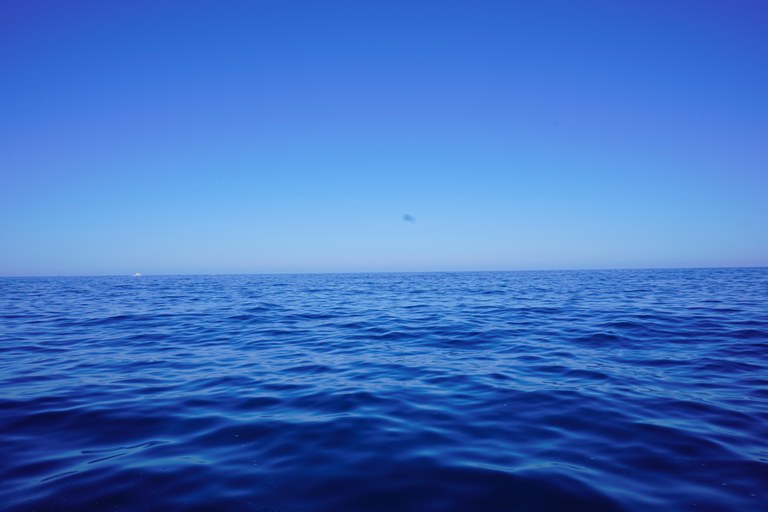

 turismoa@zumaia.eus
turismoa@zumaia.eus
 Bulegoa
Bulegoa











